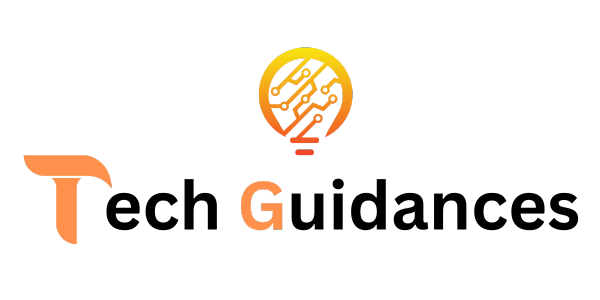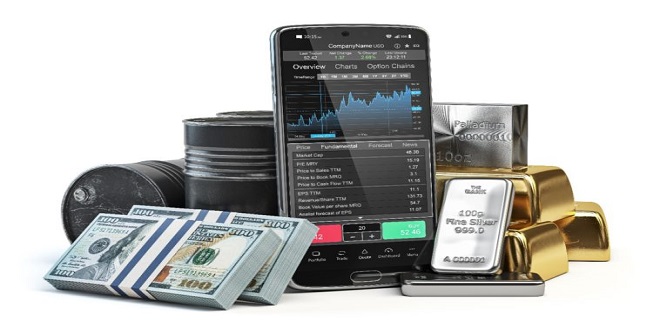Forex and commodity trading are both popular forms of speculation that allow investors to bet on the future movements of key markets. However, there are some important differences between these two types of trading. Forex trading occurs in the foreign exchange market, where currencies are bought and sold. On the other hand, commodity trading involves buying and selling physical goods such as oil, gold, and agricultural products.
Because forex trading is conducted in a decentralised market, it is not subject to the same regulations as commodity trading. As a result, forex trading is often seen as a more speculative activity than commodity trading. Nevertheless, you can find opportunities in both forms of trading if done correctly.
Leverage
The significant difference between forex and commodity trading is the amount of leverage that traders can use in their trades. Forex trading typically allows for much higher leverage levels than commodity trading, with 50:1 being a standard ratio. You can trade up to $50 worth of currency for every dollar in your account. On the other hand, commodity trading typically only allows for ratios of 10:1 or less.
The high leverage levels available in forex trading can lead to significant gains and losses. It is essential to carefully manage your use of leverage, as it can magnify both your trading position and your losses. However, used correctly, leverage can be a powerful tool to help you achieve your trading goals.
Volatility
Forex and commodity trading both involve a certain amount of risk, but the level of volatility differs between these two forms of speculation. The foreign exchange market is the largest and most liquid market in the world, with a daily turnover of over $5 trillion. This means there is always a ready buyer or seller for any currency pair, so prices are less likely to experience large swings.
In contrast, the commodities markets are much smaller and more fragmented, with a wide range of contracts and products traded on different exchanges worldwide. This can lead to greater price volatility, as small changes in supply or demand can dramatically affect prices. For traders looking to take advantage of short-term price movements, commodities may offer better opportunities than forex. However, those intending to hold positions for extended periods should be aware of the increased risks associated with these markets.
Fundamental Drivers
Economic and current events primarily drive the foreign exchange market. Interest rate changes are one of the most important drivers of currency prices. When central banks raise or lower interest rates, it affects the flow of capital into and out of a country. This, in turn, affects the currency’s demand and price. Another important driver of currency prices is current stability. Countries with strong economies and stable governments tend to have highly demanded and appreciated currencies.
On the other hand, countries with weak economies and unstable governments tend to have currencies that are in low demand and depreciate.
Commodities
Commodities are natural resources consumed or used to produce goods and services. The commodities market is an essential sector of the global economy, with commodities trading taking place on global exchanges. While there are many different commodities, the most commonly traded commodities include energy products such as crude oil and natural gas, metals such as gold and silver, and agricultural products such as corn and coffee.
Various factors drive commodities markets, including weather, supply and demand, production costs, and geopolitical events. For example, severe weather conditions can lead to disruptions in the supply of agricultural commodities, while an increase in demand for a particular commodity can lead to higher prices. Additionally, production costs can play a role in setting commodity prices, as higher costs may be passed on to consumers in the form of higher prices. Geopolitical events can also impact commodity markets, as tensions between countries can lead to disruptions in the supply of certain commodities.
In conclusion
There is a distinct difference between forex and commodity trading. Forex trading involves buying and selling currencies to take advantage of shifting markets, with price movements driven by macroeconomic factors such as interest rates, economic growth, and current events. On the other hand, commodities trading involves buying and selling raw materials, with prices being driven by weather conditions, supply and demand, production costs, and geopolitical events.
Both markets allow investors to make money, but they come with different risks that must be managed accordingly. Understanding how each market works is essential for anyone looking to make successful trades in either one.
 TECHGUIDANCES
TECHGUIDANCES




